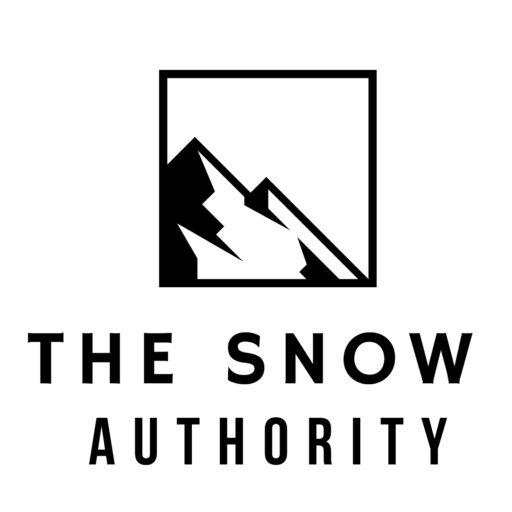When hitting the slopes for a day of skiing or snowboarding, one of the first things you’ll notice is the colorful signage marking the various trails. These colors represent different levels of difficulty, guiding riders to terrain that matches their skill level and experience. Understanding the meaning behind the colors of ski slope ratings is essential for choosing the right runs and ensuring a safe and enjoyable day on the mountain. In this guide, we’ll decode the different colors of ski slope ratings and what they signify for riders.
Green Slopes
Green slopes are the gentlest and least challenging runs on the mountain, making them ideal for beginners and first-time skiers or snowboarders. These slopes typically have a mellow gradient with wide-open spaces, minimal obstacles, and gentle turns. Green runs provide a comfortable learning environment for beginners to practice basic skills such as turning, stopping, and controlling their speed.
Blue Slopes
Blue slopes are the next step up in difficulty, offering slightly steeper terrain and more varied conditions compared to green runs. Intermediate riders should feel comfortable on blue slopes, as they require a bit more skill and confidence to navigate. These runs may feature narrower trails, moderate inclines, and occasional obstacles such as trees or moguls. Blue slopes provide an opportunity for intermediate riders to refine their technique and challenge themselves while still enjoying a manageable level of difficulty.
Black Diamond Slopes
Black diamond slopes are reserved for experienced and confident skiers and snowboarders seeking a greater challenge. These runs feature steep gradients, tight turns, and challenging terrain conditions such as moguls, trees, or variable snow conditions. Advanced riders should possess strong technical skills, excellent balance, and the ability to navigate challenging terrain with precision and control. Black diamond slopes provide a thrilling experience for riders looking to push their limits and test their abilities on the mountain’s most demanding terrain.
Double Black Diamond Slopes
Double black diamond slopes are the most challenging runs on the mountain, reserved for expert riders with advanced skills and experience. These runs feature extremely steep gradients, narrow trails, and highly technical terrain with significant obstacles such as cliffs, rocks, or heavily wooded areas. Expert riders must possess exceptional agility, strength, and decision-making abilities to safely navigate double black diamond terrain. These runs offer the ultimate test of skill and courage for riders seeking the ultimate adrenaline rush and the satisfaction of conquering the mountain’s most formidable challenges.
Terrain Parks and Freestyle Zones
In addition to traditional ski slopes, many resorts also feature terrain parks and freestyle zones where riders can practice tricks and maneuvers on specially designed features such as jumps, rails, and boxes. These areas are typically designated with their own color-coded signage indicating the level of difficulty, ranging from beginner to expert. Terrain parks provide riders with an opportunity to explore their creativity, challenge their skills, and connect with fellow enthusiasts in a dynamic and exciting environment.
Conclusion
Understanding the different colors of ski slope ratings is essential for skiers and snowboarders to choose runs that match their skill level and experience. Whether you’re a beginner sticking to green runs, an intermediate rider exploring blue slopes, or an expert seeking the thrill of double black diamond terrain, knowing the meaning behind the colors of ski slope ratings ensures a safe and enjoyable day on the mountain. So next time you hit the slopes, keep an eye out for the colorful signage and choose your runs wisely for an unforgettable day of skiing or snowboarding adventure.

